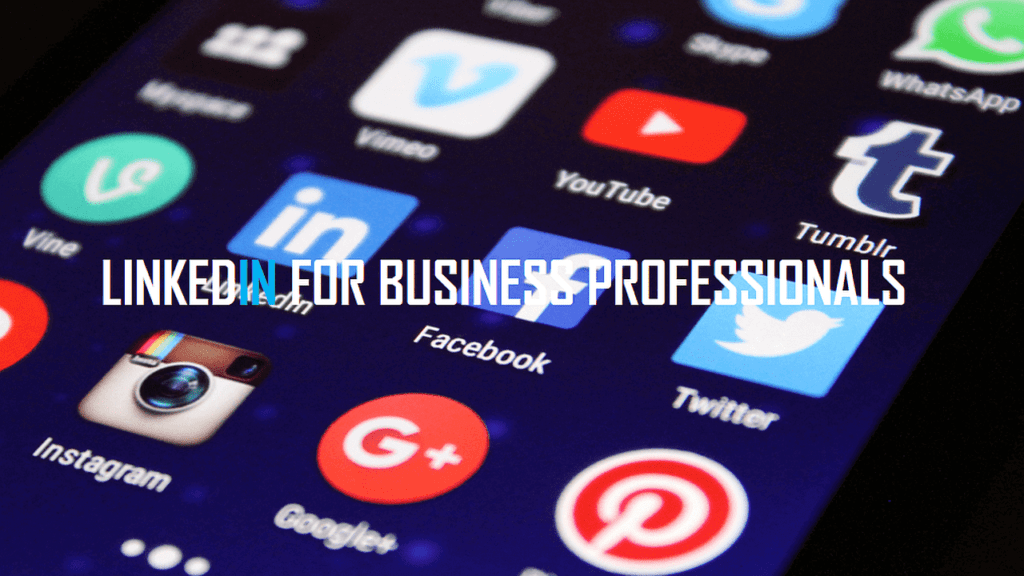Last Updated on: 26th April 2021, 11:43 pm
How to do social media marketing in the right way will be the main focus of this article. Today’s most successful marketers know how important social media is to their brands. As the number of social media users has increased, so too has the need to keep customers engaged.
But how exactly do you find these customers and connect with them?
Whether you’re a freelance writer, marketing consultant, or blogger, social media is a great place to start.

Here are the 5 steps you need to take to effectively implement social media marketing into your business.
Identify Target Customer Segments
If you want to reach the right target audience for social media marketing, you have to first figure out your target customer segment.
When I am conducting social media training sessions for clients, I have them take an online quiz to help me identify the audience for the program.
Here is the standard quiz they take.
I have them divide themselves into a number of segments based on age and geographic location (based on the answers they gave).
Once I know the audience for my program, I can focus more closely on their interests, and put together a marketing strategy based on their information.
It’s important to remember that your target customer is unlikely to know who you are, or how you will benefit them.
You’ll need to carefully choose the content you share on social media and the content that people will be inclined to share with their friends.
Determine the right metrics
Once you have a sense of who your audience is and what content will be effective, you need to start deciding what the appropriate metrics to use to measure the results of your campaigns are.
It’s important to remember that the easiest way to identify problems and opportunities in your marketing is to keep track of your social media metrics. Your first question should be: How are my metrics trending?
I typically recommend adding up each social media channel’s stats (follows, likes, comments, shares, etc.) and summing them all up to determine overall engagement.
When I make the call to action on my client’s social media profiles, I prefer to promote content I believe will encourage people to engage with the brand.
On social media platforms like Twitter, this means directly pushing your own content or promoting others.
For Facebook, it means posting shareable, share-worthy content that’s most likely to catch someone’s attention.
Have a clear call to action
Your call to action (CTA) should be clear, concise, and direct.
First and foremost, you should be sure your call to action is relevant and understandable to your audience.
For example, if you’re trying to sell your clients on a particular program or product, it may be appropriate to include a link that directs them to your sales page or another area of your website to sign up for the program.
What isn’t appropriate, however, is to require that people follow you on social media in order to receive more information about the product.
Similarly, if you are trying to promote a new photo-editing program, don’t ask people to share a photo in exchange for a 10% discount.
Most people won’t want to do that, and in turn, you’ll turn people off from your campaign.
Instead, you’ll want to provide an incentive that doesn’t involve sharing a photo with others, like a 15% discount on your software.
This method has the added benefit of earning back your social media audience’s trust.
A high percentage of people would consider violating an unwritten social media etiquette rule if it meant getting a discount.
You may also be concerned about competition.
If a similar product is already on the market, and it offers a comparable deal, how will your new offer stand out?
My recommendation is to concentrate on your value proposition.
Rather than trying to take on your competition head-on, find a way to make your value proposition more compelling.
Create a variety of content types
If you are going to share content across a variety of platforms, you need to have a platform for every type of content.
If your business isn’t already active on a number of different social media platforms, you’ll need to become familiar with their properties and features.
How do you share your content on these platforms?
What platforms are they using?
Consider this as you try to figure out the best way to reach your target audience.
Facebook is most popular for sharing text-based articles or videos.
But, it’s also a valuable platform for businesses to share infographics and infographics with motion.
Twitter and Pinterest are two good alternatives if you want to promote original content or interact with others in a live-streaming setting.
Use different channels to find what works best for your brand.
Once you’ve determined which social media platforms to use, make sure that your content across these channels is high quality and cohesive.
Remember: Building a strong audience across different platforms takes time.
I advise planning a campaign to take advantage of various campaigns and start building your audience base.
I find that the more well-researched and organized my social media marketing plan is, the more success I have with my campaigns.
Even the best social media marketing campaigns can suffer without a strong plan.
If you try something new, it’s best to start small, test and refine your strategy, and invest in a professional marketing plan.
Add content consistently
Social media isn’t something that you can get away with posting once a week.
It’s a platform that changes day to day, so your content needs to be fresh and engaging.
If you’re not regularly adding fresh, new content to your social media campaigns, people will tune you out.
Twitter, for example, is a daily feed for the platform. You should create a schedule for your social media marketing so that you’re able to add the content to your site’s social media channels on a regular basis.
The “daily tweet” is a great way to get your message in front of your audience every day.
Other major platforms, like Instagram, also offer posts that are published several times a day.
Make sure you understand the rules of each platform before you get started.
Twitter is best suited for short, punchy, and in-the-moment content, while Facebook is better for long-form and more detailed content.
If you follow the rules, you’ll be able to share a steady stream of consistent content.
Final Thoughts
There’s a lot you can do to grow a social media audience, but you need to make sure that you’re putting effort into your strategy.
The last thing you want to do is invest in a high-dollar social media marketing campaign, only to see it fail because you didn’t follow basic social media etiquette.
Social media marketing isn’t just for sales, it’s for building your brand’s reputation and getting customers to speak about your company positively.
By following these 5 simple steps, you’ll be able to set your social media marketing plan in motion and start building your audience before the competition does.

Researcher, Blogger, Content Writer, Online Marketing Expert, Aptitude Test & Admissions Expert, Career Counselor.
PEC REGISTERED. ENGINEER. (NED University of Engineering & Technology)
CEO / Founder (The Educationist Hub)



